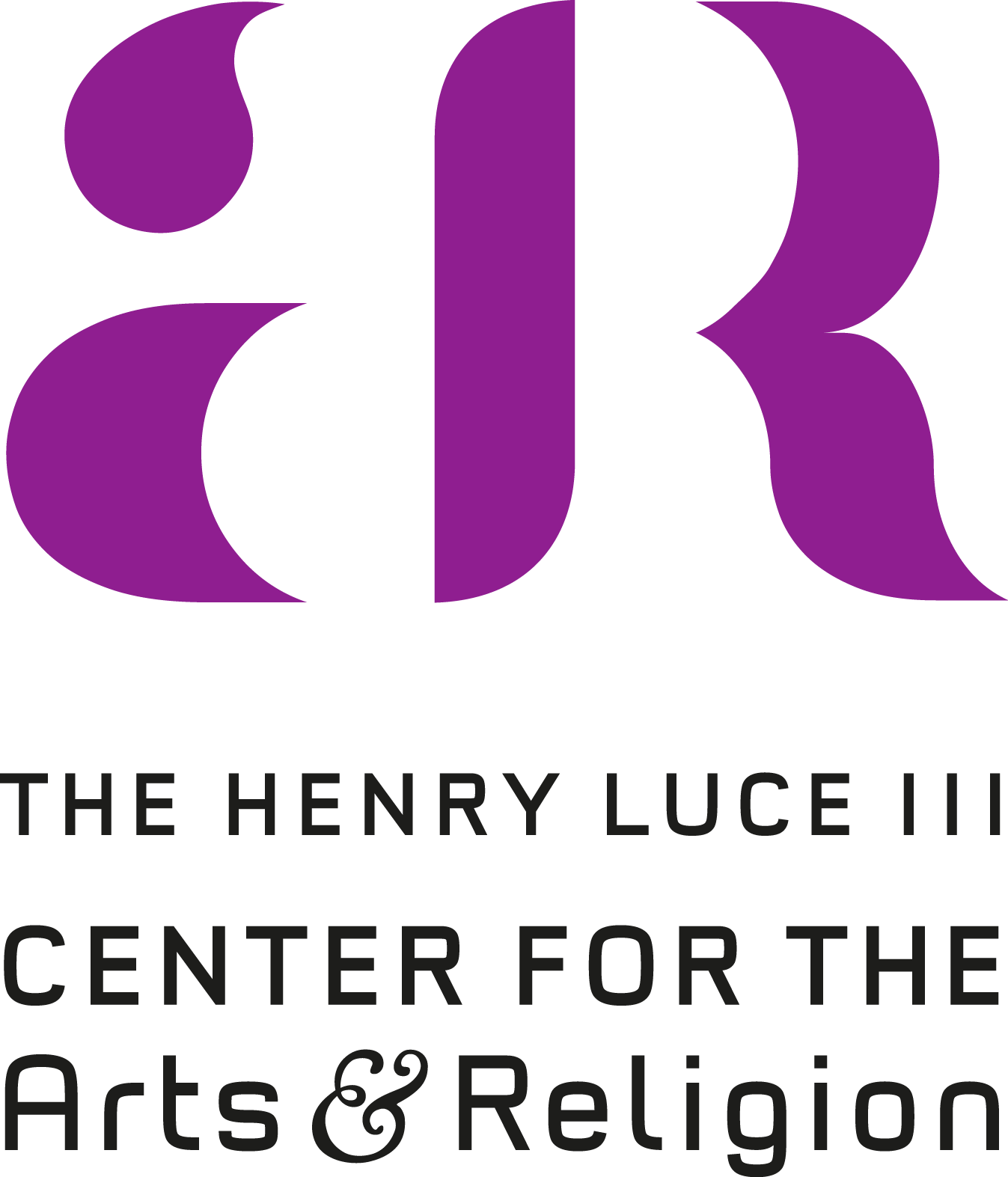Foreword
Aaron Rosen
Why do a virtual exhibition about calligraphy? Surely, one might object, calligraphy is the diametric opposite of web design. After all, calligraphy is centuries old, the consummate handcraft, and thrives on the sui generis qualities of touch, intuition, and individuality. Websites are assembled via html code, a language meant to be as universal, standardized, and easily replicable as possible. Calligraphers’ pens dance across the tactile page, while coders execute commands in invisible 1’s and 0’s, which most of us never see.
Yet these worlds are not so disparate as they might first appear. Steve Jobs credited a calligraphy class he audited at Reed College, taught by the master Robert Palladino—a former Trappist monk—with inspiring the typography and aesthetic Jobs would later achieve with the early Macintosh. Where many other titans of the early personal computer emphasized function above all else, calligraphy taught Jobs to value form—and indeed beauty—as an integral part of functionality.
And some of Apple’s pioneering fonts, like Chancery created by Kris Holmes—who later took calligraphy from Palladino herself—explicitly sought to bring the magic of the calligraphic hand to the computer. In another telling twist, the chancery hand had its origins in medieval Europe, and was used for centuries in English bureaucracy to create certifiable records of key transactions. Calligraphy presaged, in other words, some of the very functions for which we have come to rely on computers.
It might be a bit premature to credit Jonathan Homrighausen, the curator of this digital exhibition and a research associate at the Luce Center, with reinventing the role of text in the twenty-first century. But he gives us a tremendous amount to thoughtfully consider in this beautiful, latitudinarian assembly of different calligraphic styles and faith traditions. He reminds us that the finest calligraphy may still have revelations in store for us if we can remain attuned to its precious ‘visual music’ amidst a cacophony of digital stimuli.
Already a leader among a new generation of scholars working on religion and visual art, Homrighausen brings a practitioner’s eye to the examples he lifts up, and I hope that visitors to this exhibition will be moved not only to learn more on the webpages that follow but take up a pen themselves and let it drift across the physical page. Who knows, music might spill forth.

